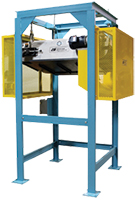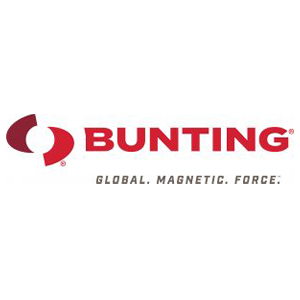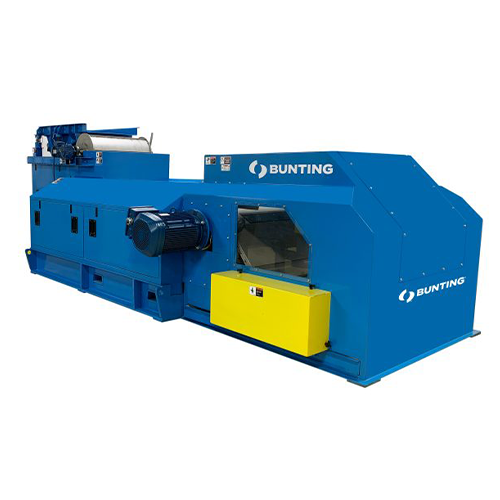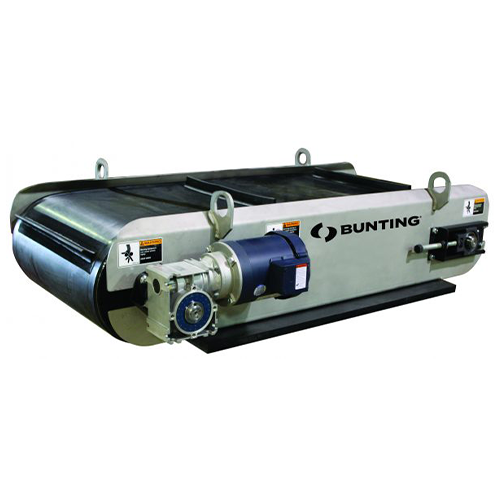Description
Optional Suspension Equipment


Optional support structures and guarding are available to suspend our crossbelt separators over lower belted conveyors and other equipment.
Optional support stru ctures can range from the heavy-duty tubular or channel steel adjustable supports with turnbuckles or heavy threaded rods suspensions to lighter formed steel support structures that mount onto the lower conveyor for the small Magnetic Crossbelt Conveyors.
All are designed to adjust the magnetic field as low to maximize separation but clear the thickest burden depth. Other options include expanded metal shields and guarding on the ends of the conveyor along with custom fabricated tramp iron chutes and electrical controls
Industries and Applications
- Mobile crushers, screens, and shredders
- MRF (Municipal Recovery Facility) plants
- Separation of ferrous contamination in quarries
- Removal of ferrous material in mining operations
- Wood waste processing applications
- Separation of ferrous material in fragmentizer metal recovery
- Removal of ferrous material from foundry applications
- Separation of ferrous metals from municipal solid waste
- Removal of ferrous contamination in glass cullet recycling
- Separation of ferrous material from curbside collection recycling
- Separation of ferrous material in skip waste recycling





